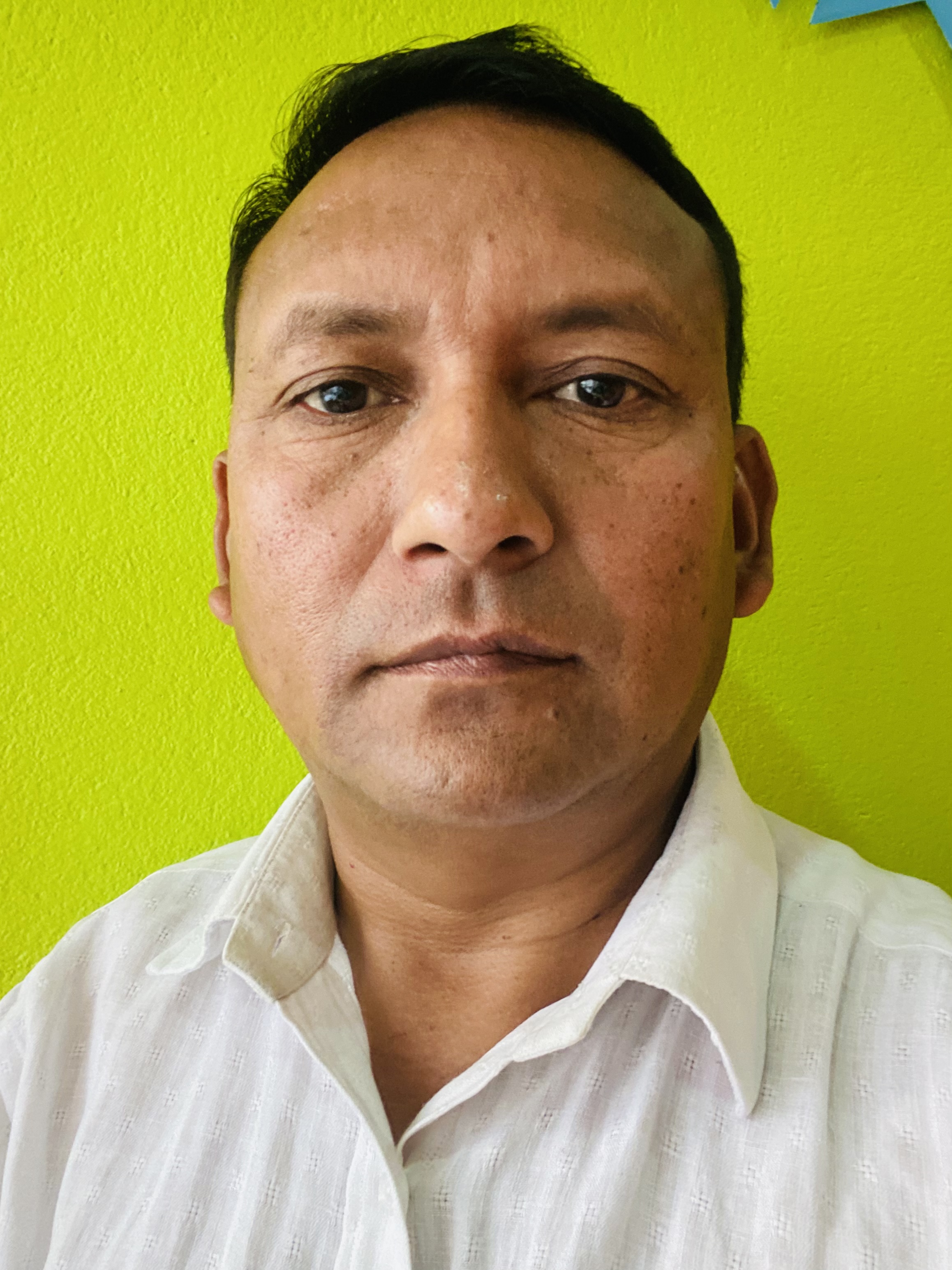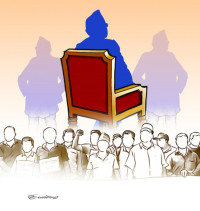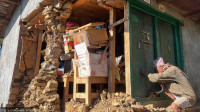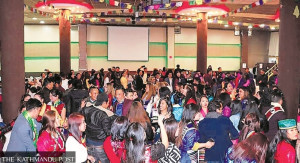Columns
Rethinking untouchability
Without religious and cultural reforms, education, emigration and generational change can't end casteism.
Mitra Pariyar
There’s a widespread assumption that at least three changes will abolish caste-based untouchability: education, emigration and generation (EEG). My understanding from research and personal experience, both in Nepal and abroad, is quite the opposite. Neither education, international migration nor change of generation is an antidote to casteism. They bring about certain changes and reduce the severity of everyday discrimination, but they do not terminate caste discrimination.
Educated castes
In Patan Pragya (2022), anthropologist Thamindra Khatiwada argues that “education is one of the best means to address the Dalit issue.” Nothing could be far from the truth.
I saw it with my school friends. I studied at what was once a highly selective and prestigious institution, Gandaki Boarding School, in a northern suburb of Pokhara. It is run and managed by the United Mission to Nepal, a joint charity of various Protestant denominations that has contributed much to Nepal’s education and healthcare, such as my school and Patan Hospital.
There was no issue of caste on the school campus. Students of all castes, classes and regions mixed freely and grew up together like a family. GBS has been a remarkable social experiment in this regard. But does that mean all the students who studied and grew up at my school have become caste-neutral or caste free? Never!
I was recently talking to a respected medical doctor in Kathmandu who was a senior at my school. He’s a Brahmin, but he understands my position and supports our campaign for caste equality. He said, “I obviously see no difference between upper and lower castes. I wish for caste hate to end. Even then, don’t expect me to seek a Dalit woman for my son’s marriage.”
I recently attended the bratabanda ceremony of the son of a relatively wealthy businessman, who is also a GBS alumnus. He threw a lavish party in a big hotel, and some of our classmates and schoolmates had a lovely evening together.
Yet, I was in a conundrum as everybody queued to bless our friend’s child. It would be rude if I didn’t join the others. If I did, I’d be endorsing the very casteist culture—donning the janai—that I have been vigorously opposed to.
Professor Ebenezer Sunder Raj aptly stated in 1985: Upanayana is a key marker of the bona fide membership of the Aryan race. Indeed, many people from the excluded communities see janai as a powerful symbol of the casteist morality of high-caste dominance, which has been the case since the Puranic period.
According to the 2015 Constitution of Nepal, Khas Arya means the apex castes—those who claim themselves to be the purest of the pure. Ritually speaking, a small boy acquires full membership of this special group once his life cycle rituals have been completed, the thread-wearing ceremony being a principal one!
The rest of us that are excluded from upanayana (mainly Dalits and ethnic groups) are defined as impure, polluted and degraded. No Brahmin guru or pundit would pollute himself by performing the rituals of these considered contaminated at birth.
How casteist Nepali education has been is a separate issue. But it is clear that, no matter how secular or westernised or modernised, education does not address the root of untouchability. Education is no cure for casteism.
Emigrated castes
Much of my scholarly work, including my PhD research, has been on what I call “travelling castes”. I found that Nepali Dalits have faced biases, directly or indirectly, even in England and Australia.
Many Nepalis, including the Gurkhas residing in London, Aldershot and other parts of the UK, do not rent their properties to Dalits. They perceive that their kul devta (ancestor deities) live with them in their homes and would be offended if they didn’t abide by the traditional caste rules.
Many Indian Hindus and Sikhs living in the UK have also experienced caste discrimination. Under the UK anti-discrimination law, they have been fighting to get caste recognised as a protected category, like race and religion. Journalist Tejas Harad wrote in The Quint (2023): “Ambedkarites in the UK have been fighting to enact a law against caste discrimination for about two decades.”
Thanks to the opposition of the influential upper-caste Indians, both in India and the UK, the UK Government has refused to fulfil the Dalit demand despite clear evidence of the prevalence of caste discrimination in the migrant communities.
The Dalit movement in the United States has made some achievements. On September 7, 2023, BBC reported, “California’s legislature has become the first in the US to approve a bill banning caste discrimination.”
Many people think caste cannot survive once South Asians move to countries like the US, the UK and Australia—relatively secular and definitely non-Hindu societies, and where caste is an alien concept. But, if people look closely, without fear or favour, empirical facts are not hard to come by.
Generational transfer
Last week, a high-caste man who is also a member of a communist party commented on my Facebook as follows: Caste is eroding with every generation, such that my little son’s generation won’t even know what caste is!
In response, I asked him if his son would not be subjected to the upanayana ceremonies, if he wouldn’t be keeping the top knot (tupi), if he wouldn’t be listening to or reading the Gayatri mantra, the Puranas and other Hindu texts, and if his son would be completely free to choose a woman of any caste, race, religion, or nationality as his life partner.
The man’s answers to all the above questions were negative. He said those were valuable customs of his sacred culture! How would the boy grow up to be free from caste and casteism after being thoroughly caste-ified like this since early childhood?
Our life cycle rituals themselves are so casteist, as shown above, that there is no possibility of caste losing its ground with the passing generations.
Dalits, too, are part of the religious beliefs and cultural practices that perpetuate untouchability through the generations. Considering themselves Hindus (even when they cannot enter Hindu temples), many Dalits follow the same casteist principles and ideologies, the same ethics and morality.
A typical Dalit marries someone from his own caste; he bars other people—including people from different clans of his caste—from performing his kul puja (ancestor worship); he discriminates against other Dalit castes perceived as lower than his own; he observes rules of ritual pollution at birth and death and against menstruating women.
It’s time we stopped believing in the false assumptions that casteism or untouchability ends as people get educated, or emigrate to advanced countries, and the older generation dies out. Once we are clear about this, we can develop new and more effective strategies to contain the problem.
Unless we reform our religious beliefs and cultural practices, untouchability will sustain and thrive—even if we live on the moon or on other planets.




 18.12°C Kathmandu
18.12°C Kathmandu















